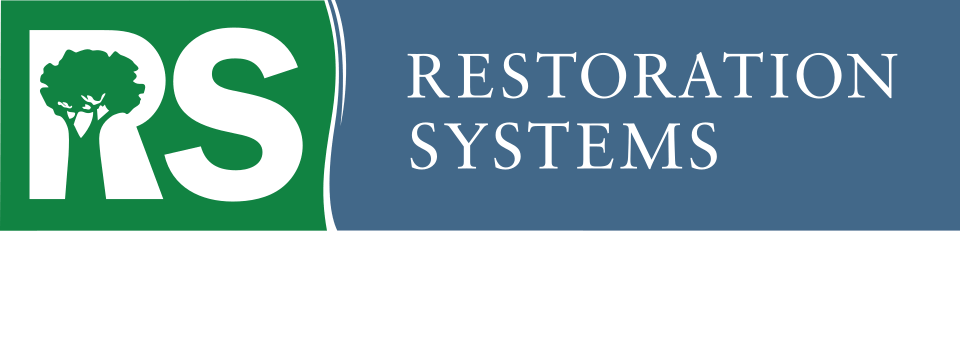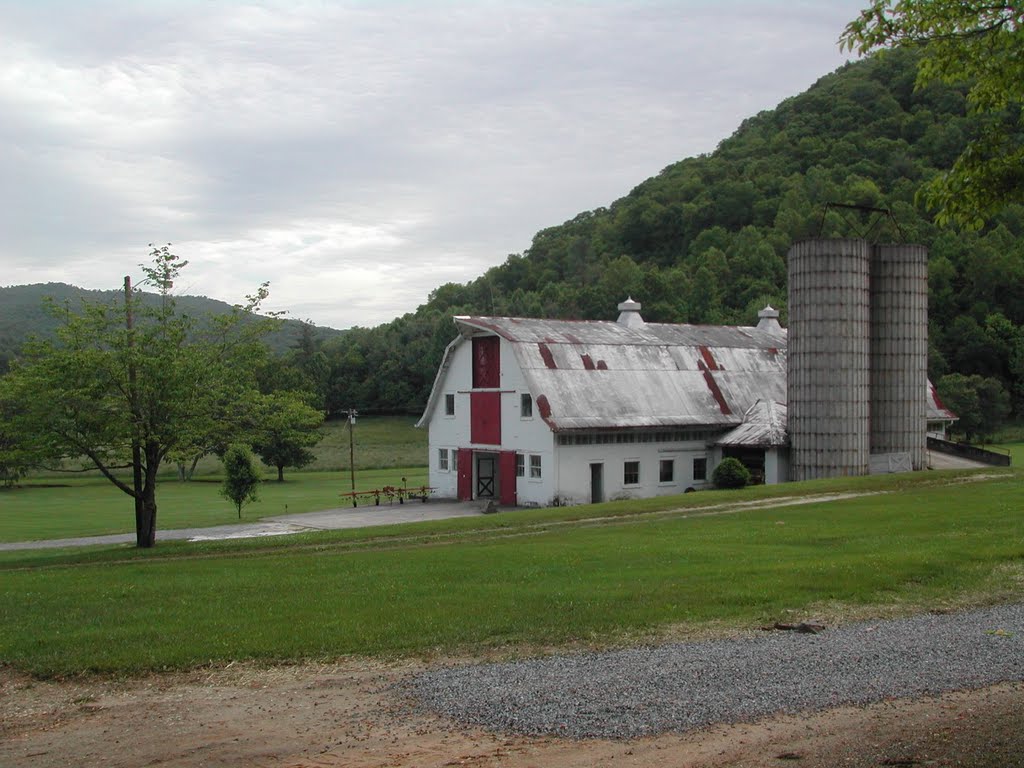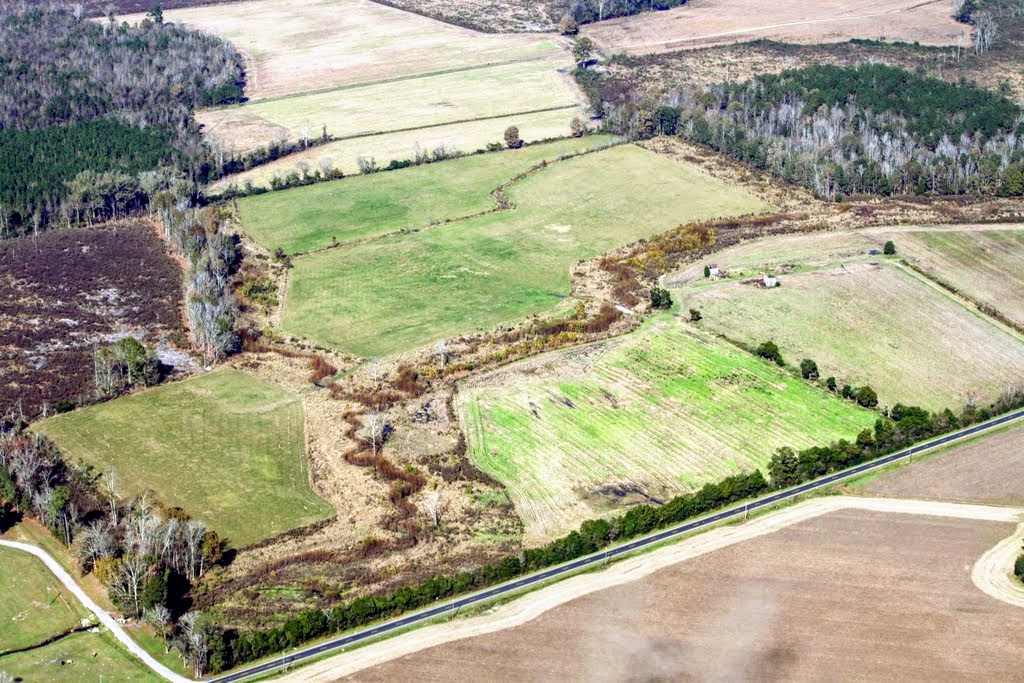What Does Stream Restoration Mean For My Land?
You are most likely reading this section of our website because a stream, wetland or buffer on your property has been identified as a restoration and protection candidate. Restoration Systems would like to give you a clear explanation of the restoration and mitigation process to ensure that you, as the landowner, are comfortable with Restoration Systems and the work that we do.
Our restoration work returns proper ecological and landscape functions to stream and wetland ecosystems. In practice, this process can be quite simple: Filling ditches and canals to restore drained areas that were once wetlands, breaching levees that “control” natural floods, and re-contouring and stabilizing streams that have been channelized or degraded by farming. All of these are common mitigation activities. However, unlike most current farm incentive programs and best management practices, Restoration Systems compensates with payment on a per-acre basis which is likely to exceed the appraised value of the land. By allowing RS to do good for the environment, each landowner is compensated for the restoration and permanent protection of the mitigation area with a conservation easement, or fee-simple purchase.
What Does Stream Restoration Mean For My Land?
You are most likely reading this section of our website because a stream, wetland or buffer on your property has been identified as a restoration and protection candidate. Restoration Systems would like to give you a clear explanation of the restoration and mitigation process to ensure that you, as the landowner, are comfortable with Restoration Systems and the work that we do.
Our restoration work returns proper ecological and landscape functions to stream and wetland ecosystems. In practice, this process can be quite simple: Filling ditches and canals to restore drained areas that were once wetlands, breaching levees that “control” natural floods, and re-contouring and stabilizing streams that have been channelized or degraded by farming. All of these are common mitigation activities. However, unlike most current farm incentive programs and best management practices, Restoration Systems compensates with payment on a per-acre basis which is likely to exceed the appraised value of the land. By allowing RS to do good for the environment, each landowner is compensated for the restoration and permanent protection of the mitigation area with a conservation easement, or fee-simple purchase.
were once wetlands, breaching levees that “control” natural floods, and re-contouring and stabilizing streams that have been channelized or degraded by farming. All of these are common mitigation activities. However, unlike most current farm incentive programs and best management practices, Restoration Systems compensates with payment on a per-acre basis which is likely to exceed the appraised value of the land. By allowing RS to do good for the environment, each landowner is compensated for the restoration and permanent protection of the mitigation area with a conservation easement, or fee-simple purchase.
The Seven-Step Mitigation Process
Summary of the Benefits of a Typical Restoration Project
For the Landowner
-
- No out-of-pocket costs
-
- Compensation on a per-acre basis for working with RS
-
- Improved fencing and cattle crossings
-
- Addition of livestock watering devices as needed
-
- Improved property values
-
- Buffers provide excellent protection from future development
-
- Own your own wildlife sanctuary
For the Environment
-
- Improved water quality in your immediate area
-
- Improved wildlife habitat
-
- Stream bank stabilization
-
- Flood attenuation
-
- Livestock waste eliminated from the watershed
-
- Herbicide and pesticide runoff eliminated from the watershed
-
- Opportunities for recreation, education and research
Landowner Satisfaction
Landowner satisfaction is just as important to Restoration Systems as restoring the wetland and stream itself. Our reputation is our most valuable asset and we aim to please. Our goal is to provide each landowner with a beautiful and ecologically valuable natural area, as well as a fair and reasonable price for the real estate.
If Restoration Systems has already been in touch with you regarding your property, please consider our offer carefully and contact our office with any questions you may have regarding the process. Please be sure to visit our Frequently Asked Questions page for an overview of what we do.




